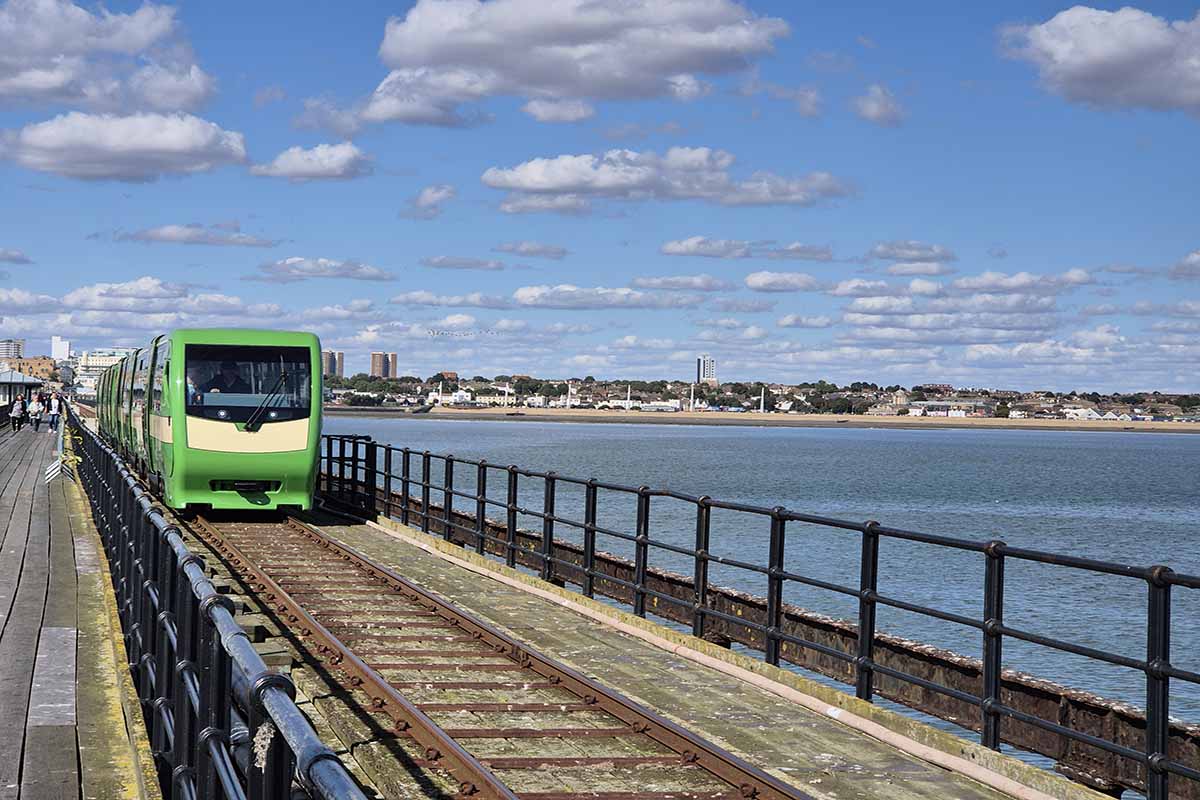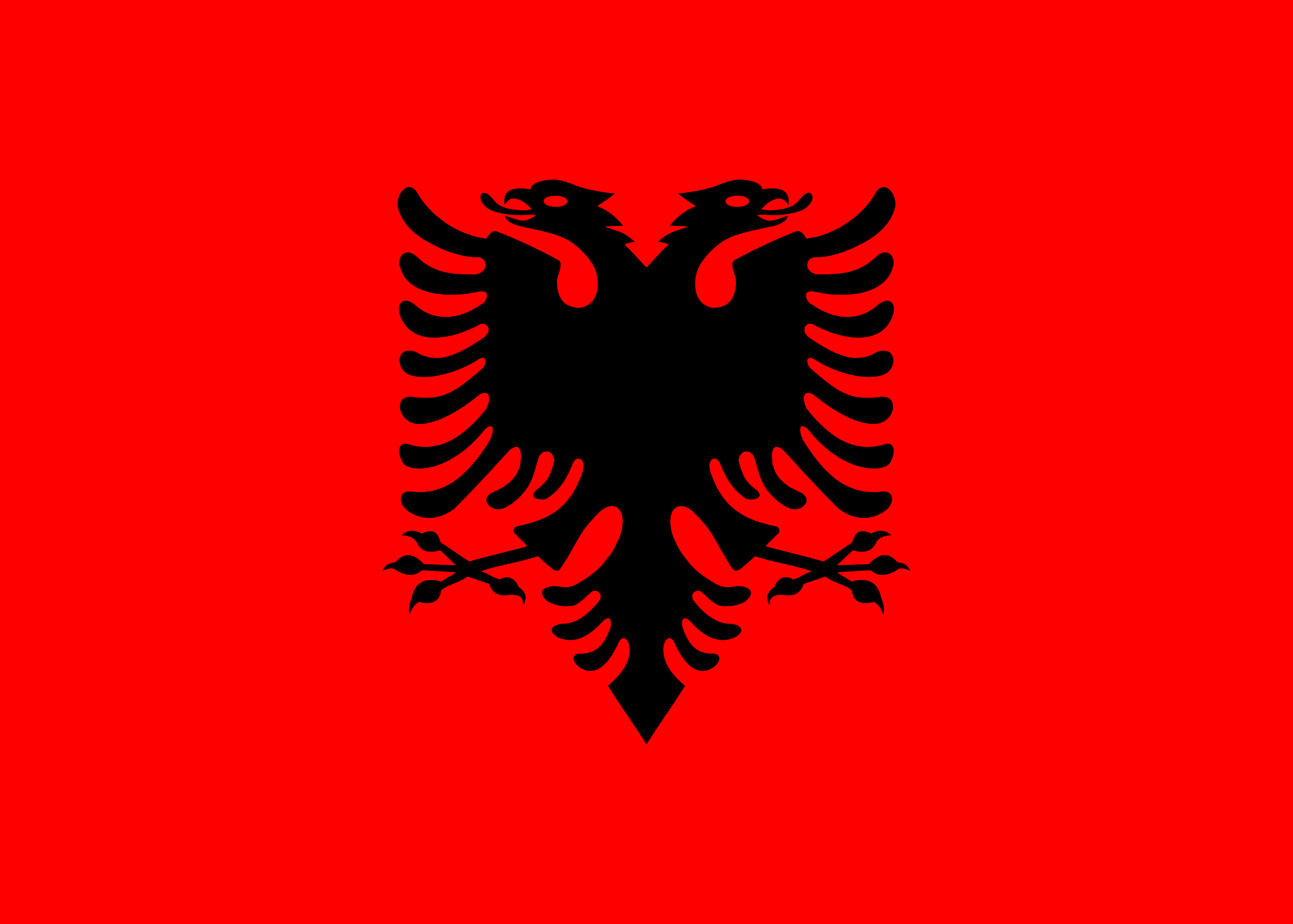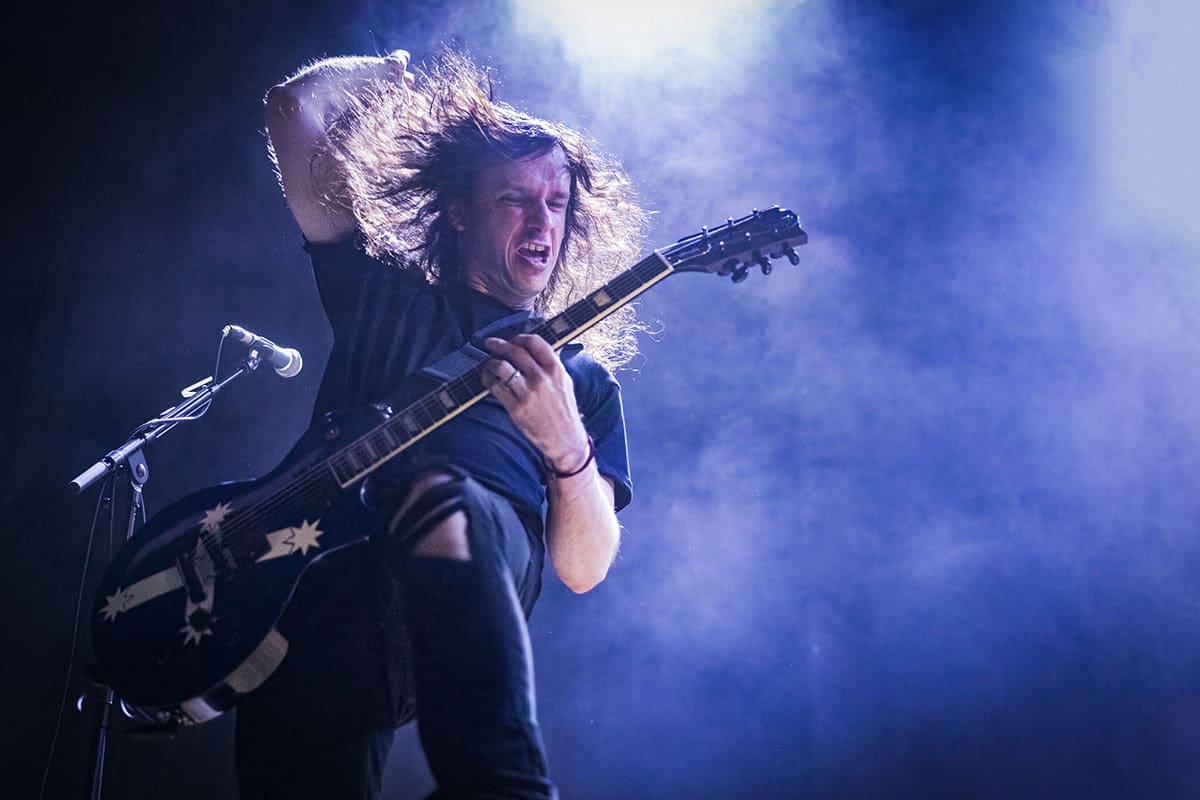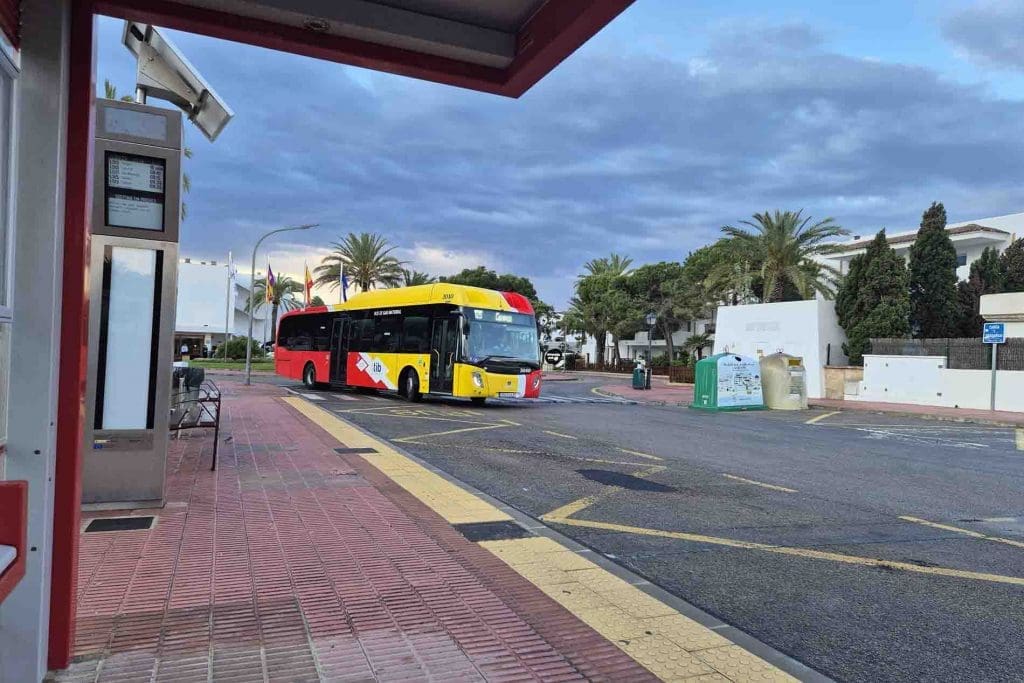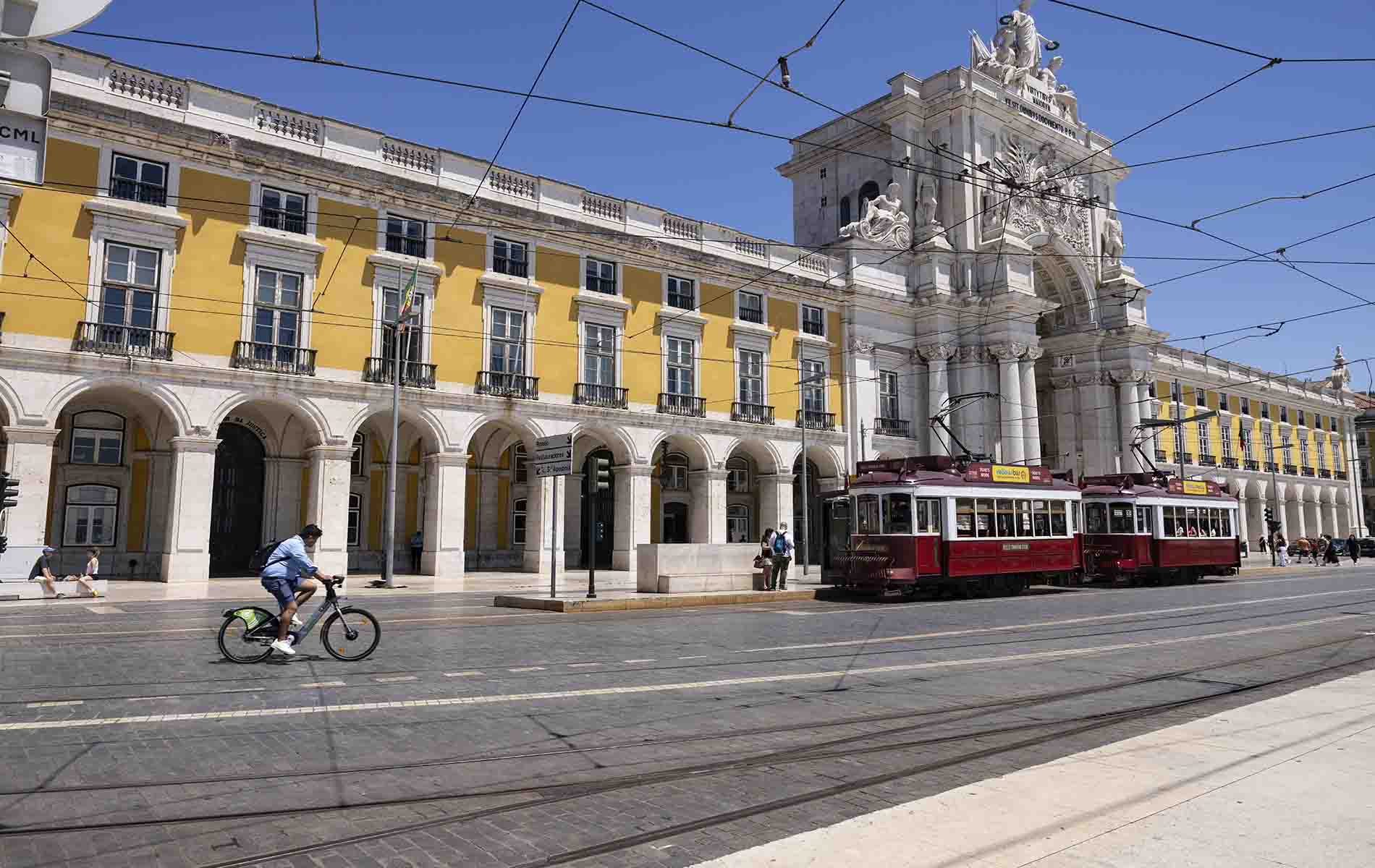Europe
Europe
Europe: A Journey Through History, Culture, Cuisine, and Politics
Europe, often called the “Old World,” is a destination that captivates travelers. European cities drip with a heady mix of modernity and history.
Travel in Europe is a multi-faceted experience for tourists. Whether interests lie in history, culture, food and drink or even sport, Europe has something for everyone.
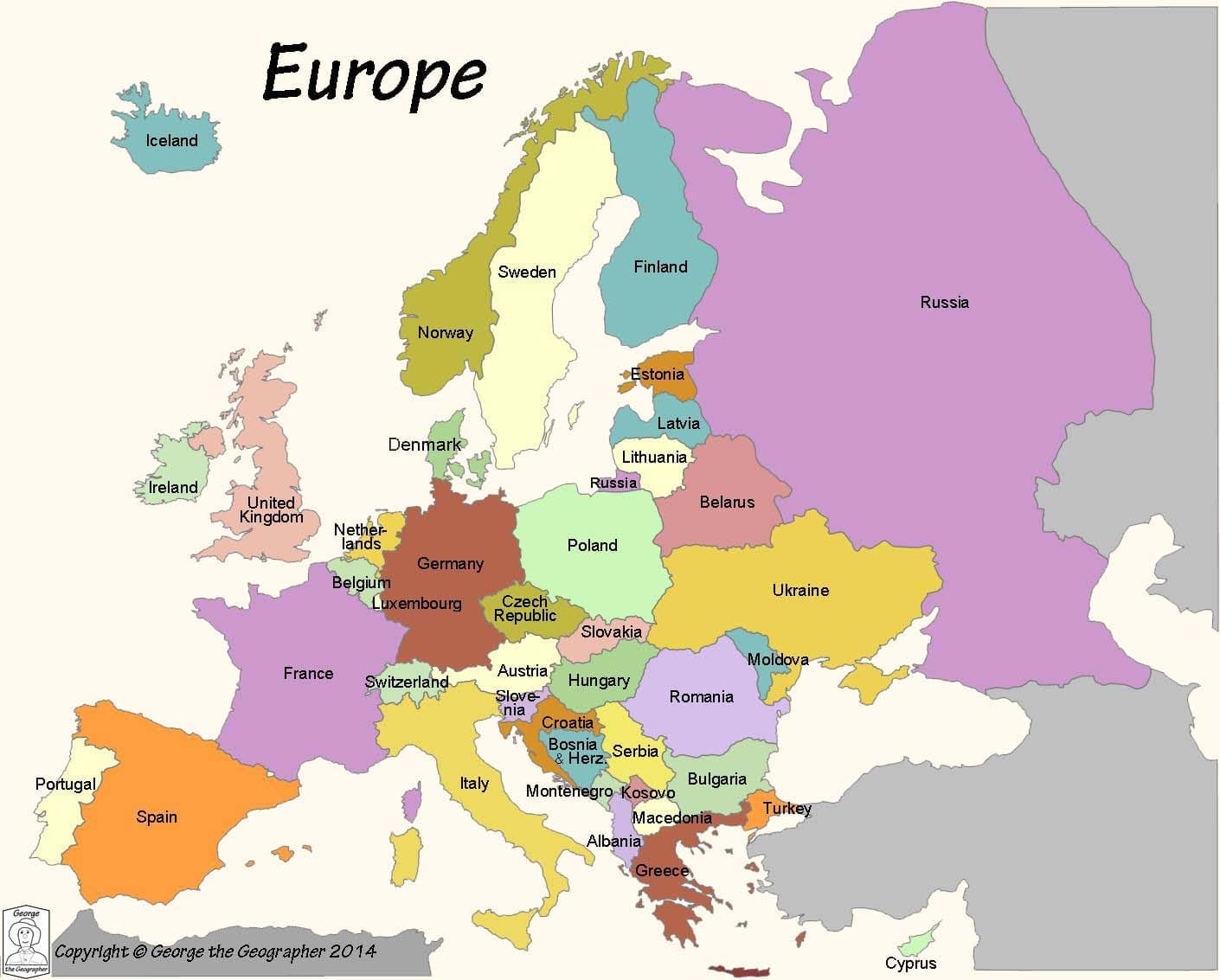
Posts by Country
Albania
Portugal

Slovenia
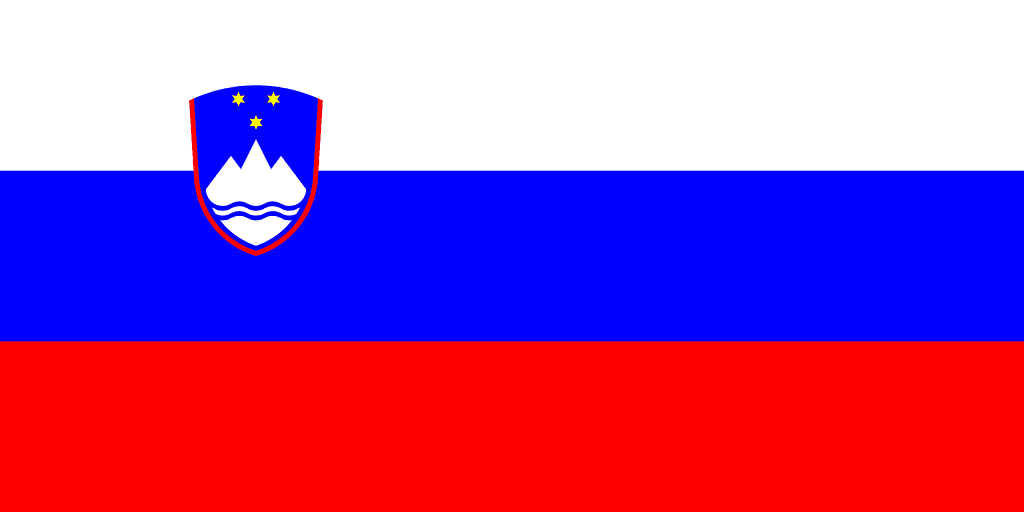
Spain
United Kingdom
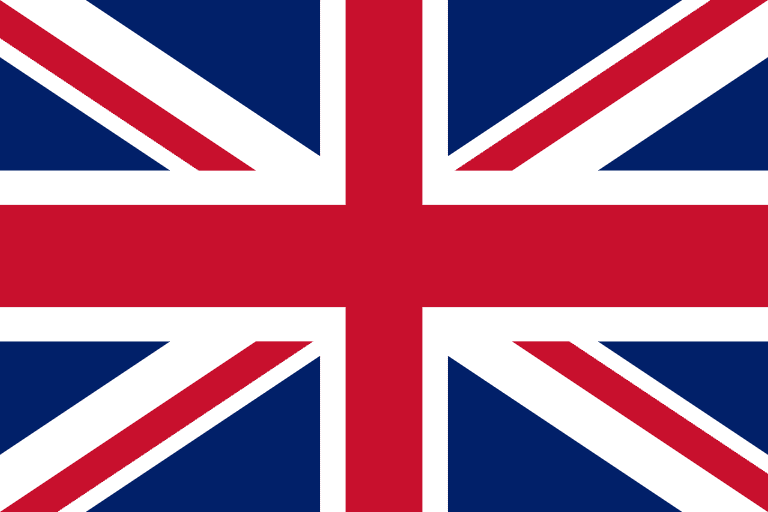
United Kingdom
Latest Posts from Europe
